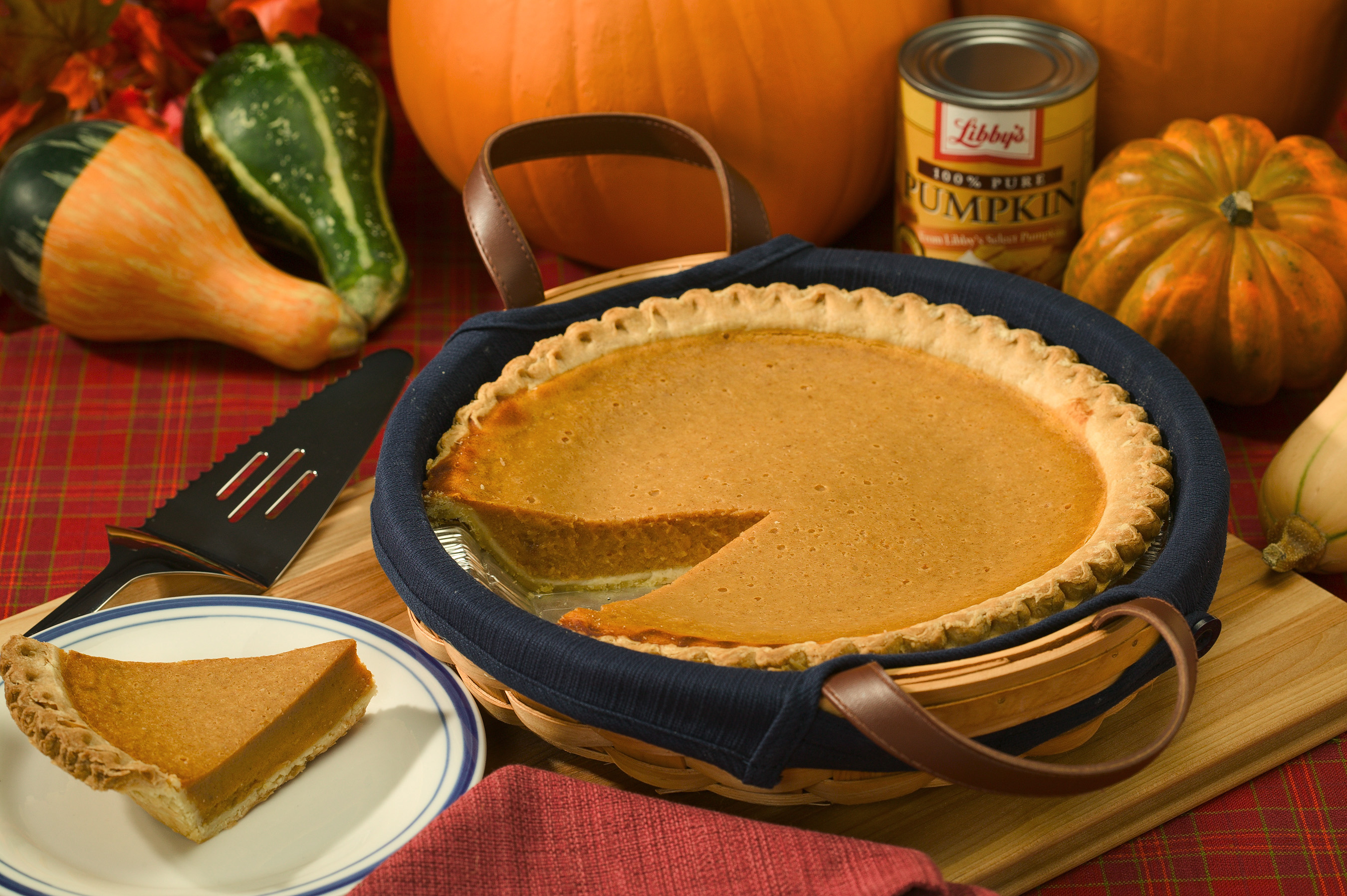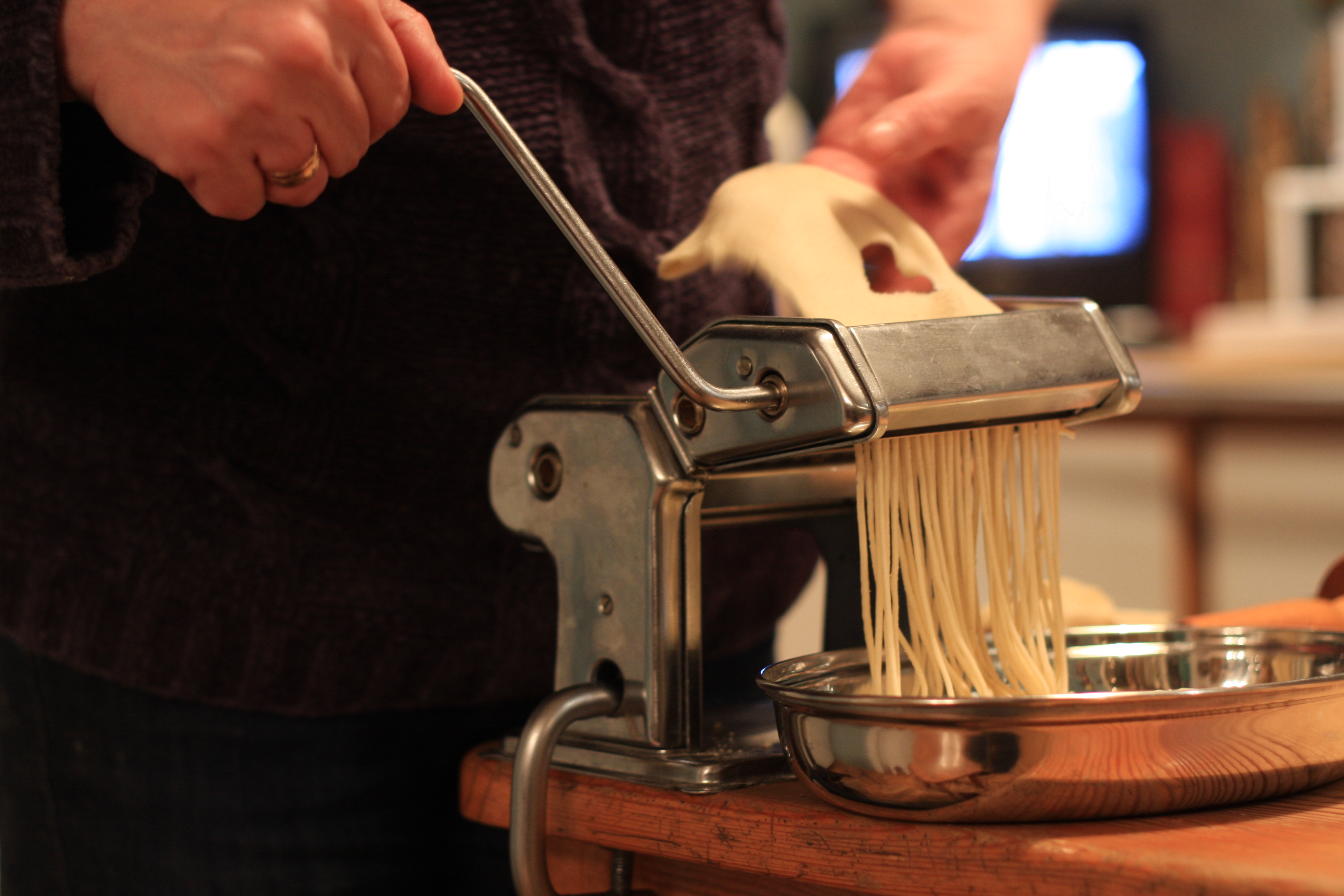|
Spaghetti Alla Nerano
* List of squash and pumpkin dishes
Spaghetti alla Nerano is an Italian pasta dish invented in the Italian village of Nerano, on the Sorrento peninsula. Its main ingredients are pasta, fried zucchini and provolone del Monaco (or caciocavallo). Among the many attributions circulating, the main one points to a restaurant owner named Maria Grazia in the mid-1950s. The restaurant still exists to this day. See also * Spaghetti dishes Spaghetti () is a long, thin, solid, cylindrical pasta.spaghetti Dictionary.com. Dictionary.com Unabridg ... References {{DEFAULTSORT:Nerano, Spaghetti alla[...More Info...] [...Related Items...] OR: [Wikipedia] [Google] [Baidu] |
Italy
Italy ( it, Italia ), officially the Italian Republic, ) or the Republic of Italy, is a country in Southern Europe. It is located in the middle of the Mediterranean Sea, and its territory largely coincides with the homonymous geographical region. Italy is also considered part of Western Europe, and shares land borders with France, Switzerland, Austria, Slovenia and the enclaved microstates of Vatican City and San Marino. It has a territorial exclave in Switzerland, Campione. Italy covers an area of , with a population of over 60 million. It is the third-most populous member state of the European Union, the sixth-most populous country in Europe, and the tenth-largest country in the continent by land area. Italy's capital and largest city is Rome. Italy was the native place of many civilizations such as the Italic peoples and the Etruscans, while due to its central geographic location in Southern Europe and the Mediterranean, the country has also historically been home ... [...More Info...] [...Related Items...] OR: [Wikipedia] [Google] [Baidu] |
Pasta
Pasta (, ; ) is a type of food typically made from an unleavened dough of wheat flour mixed with water or eggs, and formed into sheets or other shapes, then cooked by boiling or baking. Rice flour, or legumes such as beans or lentils, are sometimes used in place of wheat flour to yield a different taste and texture, or as a Gluten-free diet, gluten-free alternative. Pasta is a staple food of Italian cuisine. Pastas are divided into two broad categories: dried () and fresh (). Most dried pasta is produced commercially via an Food extrusion, extrusion process, although it can be produced at home. Fresh pasta is traditionally produced by hand, sometimes with the aid of simple machines.Hazan, Marcella (1992) ''Essentials of Classic Italian Cooking'', Knopf, Fresh pastas available in grocery stores are produced commercially by large-scale machines. Both dried and fresh pastas come in a number of shapes and varieties, with 310 specific forms known by over 1,300 documented names.Za ... [...More Info...] [...Related Items...] OR: [Wikipedia] [Google] [Baidu] |
Cuisine Of Campania
Neapolitan cuisine has ancient historical roots that date back to the Greco-Roman period, which was enriched over the centuries by the influence of the different cultures that controlled Naples and its kingdoms, such as that of Aragon and France. Since Naples was the capital of the Kingdom of Naples, its cuisine took much from the culinary traditions of all the Campania region, reaching a balance between dishes based on rural ingredients (pasta, vegetables, cheese) and seafood dishes (fish, crustaceans, mollusks). A vast variety of recipes is influenced by the local aristocratic cuisine, such as '' timballo'' and the '' sartù di riso'', pasta or rice dishes with very elaborate preparation, and dishes from popular traditions prepared with inexpensive but nutritionally healthy ingredients, like '' pasta e fagioli'' (pasta with beans) and other pasta dishes with vegetables. Historical background Naples has a history that goes back many centuries: the city itself predates many ot ... [...More Info...] [...Related Items...] OR: [Wikipedia] [Google] [Baidu] |
List Of Squash And Pumpkin Dishes
This is a list of notable squash and pumpkin dishes that are prepared using squash and pumpkin as a primary ingredient. Pumpkin is a squash cultivar. Squash and pumpkin dishes and foods * ''Hobak-juk'' – a Korean variety of '' juk'' (porridge) made with pumpkin and glutinous rice flour. * It is a smooth and naturally sweet porridge that is traditionally served to the elderly or recovering patients. * Hobak-tteok – a Korean dish and variety of ''siru-tteok'' (steamed rice cake) made by mixing fresh or dried pumpkin with glutinous or non-glutinous rice flour, then steaming the mixture in a ''siru'' (rice cake steamer). * Kabak tatlısı – a Turkish pumpkin dessert made by cooking peeled and cut pumpkin that has been sprinkled with sugar (candied pumpkin). * Kadu bouranee – an Afghan and Turkish dish made by frying pumpkin with different spices * Maraq – a Somali soup that is sometimes prepared using pumpkin * Mashed pumpkin – a vegetable dish made by cooking or ma ... [...More Info...] [...Related Items...] OR: [Wikipedia] [Google] [Baidu] |
Spaghetti
Spaghetti () is a long, thin, solid, cylindrical pasta.spaghetti Dictionary.com. Dictionary.com Unabridged (v 1.1). Random House, Inc. (accessed: 3 June 2008). It is a of traditional . Like other pasta, spaghetti is made of milled and and sometimes ... [...More Info...] [...Related Items...] OR: [Wikipedia] [Google] [Baidu] |
Caciocavallo
Caciocavallo is a type of stretched-curd cheese made out of sheep's or cow's milk. It is produced throughout Southern Italy, particularly in the Apennine Mountains and in the Gargano peninsula. Shaped like a teardrop, it is similar in taste to the aged Southern Italian Provolone cheese, with a hard edible rind. Etymology The Italian name of the cheese ''caciocavallo'' literally means "horse cheese" and it is generally thought that the name derives from the fact that two cheese forms are always bound together with rope and then left to mature by placing them 'a cavallo', i.e. straddling, upon a horizontal stick or branch. History Apparently caciocavallo was mentioned the first time around 500 BC by Hippocrates, emphasising the "Greeks' cleverness in making cheese". Columella in his classic treatise on agriculture, ''De re rustica'' (35–45 CE), described precisely the methods used in its preparation, making it one of the oldest known cheeses in the world. Types of cheese with n ... [...More Info...] [...Related Items...] OR: [Wikipedia] [Google] [Baidu] |
Provolone
Provolone (, ) is an Italian cheese. It is an aged ''pasta filata'' (stretched-curd) cheese originating in Campania near Vesuvius, where it is still produced in pear, sausage, or cone shapes long. Provolone-type cheeses are also produced in other countries. The most important provolone production region today is Northwestern Italy and the city of Cremona. Provolone, provola, and provoleta are versions of the same basic cheese. Some versions of provolone are smoked. p. 165. History and varieties The term ''provolone'' (meaning "large provola") appeared around the end of the 19th century, when it started to be manufactured in the southern regions of Italy and assumed its current large size. The smaller sized variant is called pro ...[...More Info...] [...Related Items...] OR: [Wikipedia] [Google] [Baidu] |
Sorrento Peninsula
The Sorrento Peninsula or Sorrentine Peninsula is a peninsula located in southern Italy which separates the Gulf of Naples to the north from the Gulf of Salerno to the south. Geography Overview The peninsula is named after its main town, Sorrento, which is located on the north (Gulf of Naples) coast. The Amalfi Coast is located on the southern side. The Lattari Mountains form the geographical backbone of the peninsula. The island of Capri lies off the western tip of the peninsula in the Tyrrhenian Sea. The whole area is an important tourist destination. Tuesday, 17 January 2017 Municipalities 9 comunes of the peninsula are in the territory of the province of Naples and 12 comunes are in the province of Salerno. Transportation Airports The nearest airports are: * Naples International (NAP) * Salerno Costa d'Amalfi (QSR) See also *Amalfi Coast *Capri *Gulf of Naples *Gulf of Salerno *Monti Lattari *Punta Campanella Lighthouse *Sant'Agata sui Due Golfi *Sirenuse *Souther ... [...More Info...] [...Related Items...] OR: [Wikipedia] [Google] [Baidu] |
Italian Cuisine
Italian cuisine (, ) is a Mediterranean cuisine#CITEREFDavid1988, David 1988, Introduction, pp.101–103 consisting of the ingredients, recipes and List of cooking techniques, cooking techniques developed across the Italian Peninsula and later spread around the world together with waves of Italian diaspora. Some of these foods were imported from other cultures. Significant changes Columbian Exchange, occurred with the colonization of the Americas and the introduction of potatoes, tomatoes, capsicums, maize and sugar beet — the latter introduced in quantity in the 18th century. It is one of the best-known and most appreciated Gastronomy, gastronomies worldwide. Italian cuisine includes deeply rooted traditions common to the whole country, as well as all the Regional cuisine, regional gastronomies, different from each other, especially between Northern Italy, the north, Central Italy, the centre and Southern Italy, the south of Italy, which are in continuous exchange. Many di ... [...More Info...] [...Related Items...] OR: [Wikipedia] [Google] [Baidu] |
Massa Lubrense
Massa Lubrense ( nap, Màssë) is a ''comune'' (municipality) in the Metropolitan City of Naples in the Italian region Campania, located about southeast of Naples. As of 31 December 2004, it had a population of 13,404 and an area of 19.7 km2.All demographics and other statistics: Italian statistical institute Istat. Geography The municipality of Massa Lubrense contains the ''frazioni'' (subdivisions, mainly villages and hamlets) of Acquara, Annunziata, Casa, Marciano, Marina del Cantone, Marina della Lobra, Marina di Puolo, Metrano, Monticchio, Nerano, Pastena, San Francesco, Sant'Agata sui Due Golfi (location of the fjord Crapolla), Santa Maria della Neve, Schiazzano, Termini and Torca. Massa Lubrense borders only with the municipality of Sorrento. Demographic evolution Colors= id:lightgrey value:gray(0.9) id:darkgrey value:gray(0.8) id:sfondo value:rgb(1,1,1) id:barra value:rgb(0.6,0.7,0.8) ImageSize = width:455 height:303 PlotArea = left:50 bottom:50 top: ... [...More Info...] [...Related Items...] OR: [Wikipedia] [Google] [Baidu] |
Pasta Alla Nerano
Pasta (, ; ) is a type of food typically made from an unleavened dough of wheat flour mixed with water or eggs, and formed into sheets or other shapes, then cooked by boiling or baking. Rice flour, or legumes such as beans or lentils, are sometimes used in place of wheat flour to yield a different taste and texture, or as a gluten-free alternative. Pasta is a staple food of Italian cuisine. Pastas are divided into two broad categories: dried () and fresh (). Most dried pasta is produced commercially via an extrusion process, although it can be produced at home. Fresh pasta is traditionally produced by hand, sometimes with the aid of simple machines.Hazan, Marcella (1992) ''Essentials of Classic Italian Cooking'', Knopf, Fresh pastas available in grocery stores are produced commercially by large-scale machines. Both dried and fresh pastas come in a number of shapes and varieties, with 310 specific forms known by over 1,300 documented names.Zanini De Vita, Oretta, ''Encycloped ... [...More Info...] [...Related Items...] OR: [Wikipedia] [Google] [Baidu] |
Parmesan
Parmesan ( it, Parmigiano Reggiano; ) is an Italian hard, granular cheese produced from cows’ milk and aged at least 12 months. It is named after two of the areas which produce it, the provinces of Parma and Reggio Emilia (''Parmigiano'' is the Italian adjective for Parma and ''Reggiano'' that for Reggio Emilia). In addition to Reggio Emilia and Parma, it is also produced in the part of Bologna west of the River Reno and in Modena (all of the above being located in the Emilia-Romagna region), as well as in the part of Mantua (Lombardy) which is on the south bank of the River Po. Both "Parmigiano Reggiano" and "Parmesan" are protected designations of origin (PDO) for cheeses produced in these provinces under Italian and European law. Outside the EU, the name "Parmesan" can legally be used for similar cheeses, with only the full Italian name unambiguously referring to PDO ''Parmigiano Reggiano''. It has been called the " King of Cheeses". Parmigiano Reggiano Production ... [...More Info...] [...Related Items...] OR: [Wikipedia] [Google] [Baidu] |









